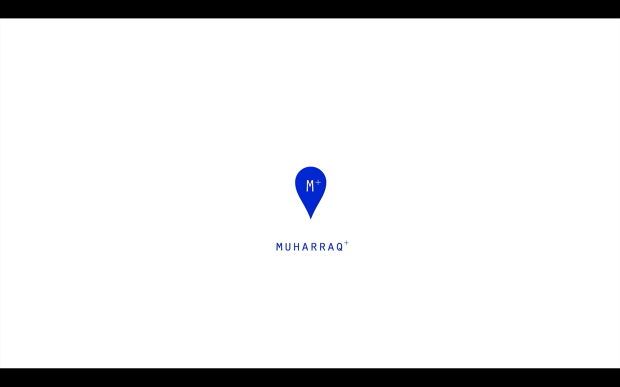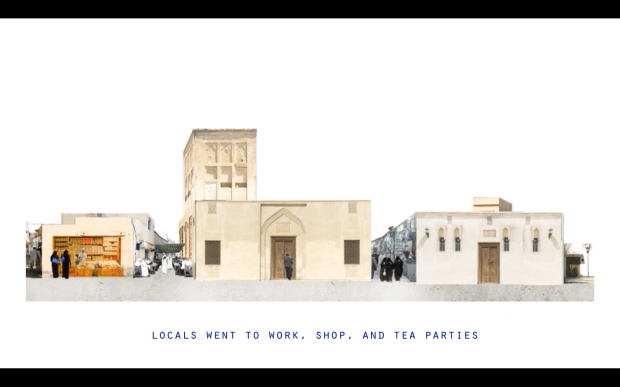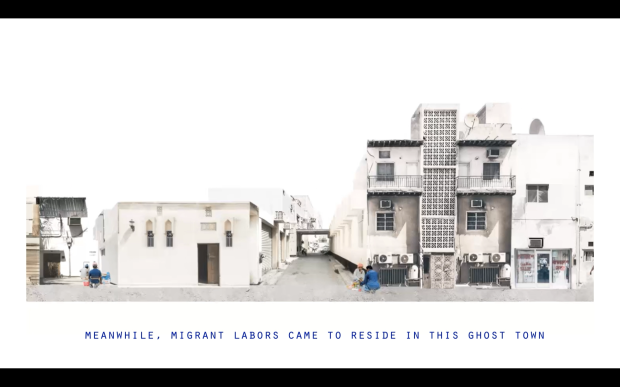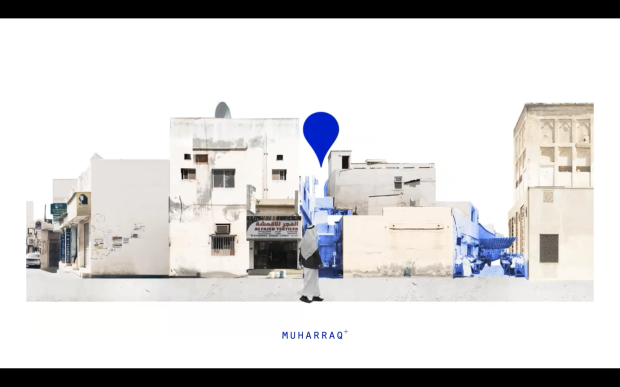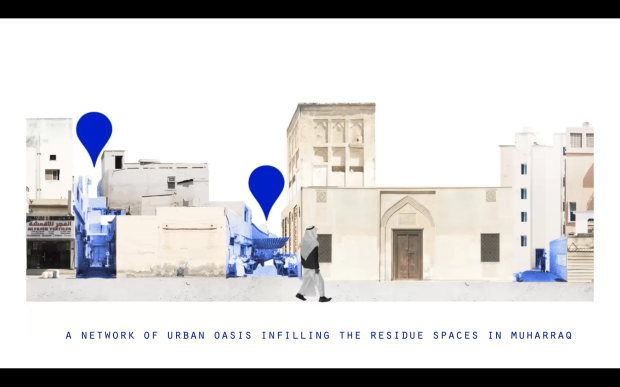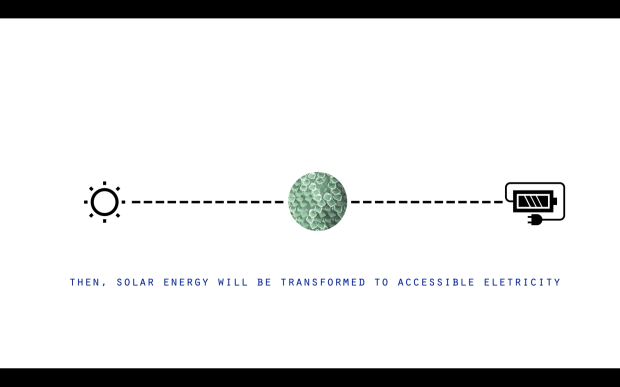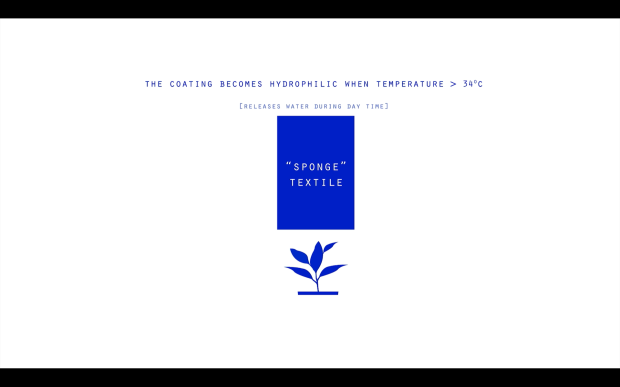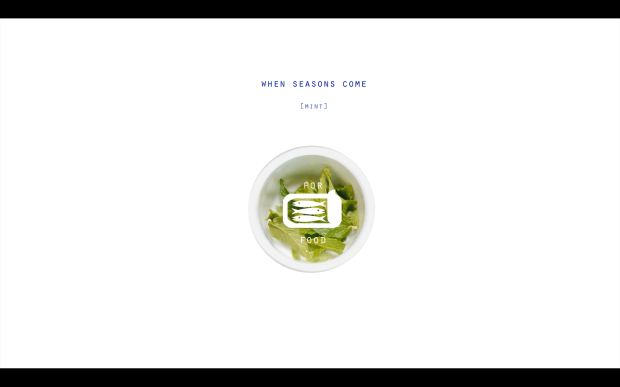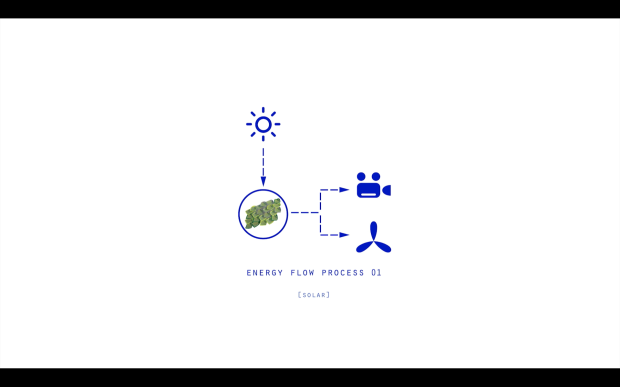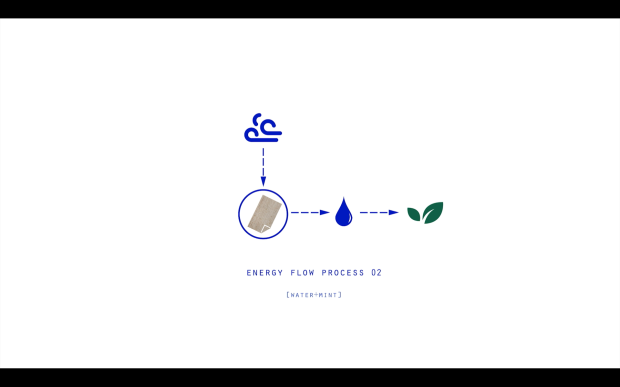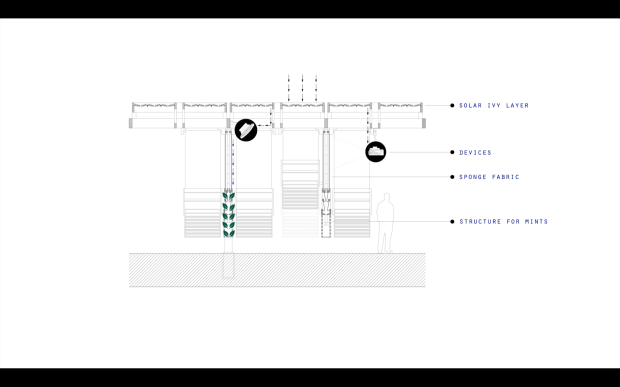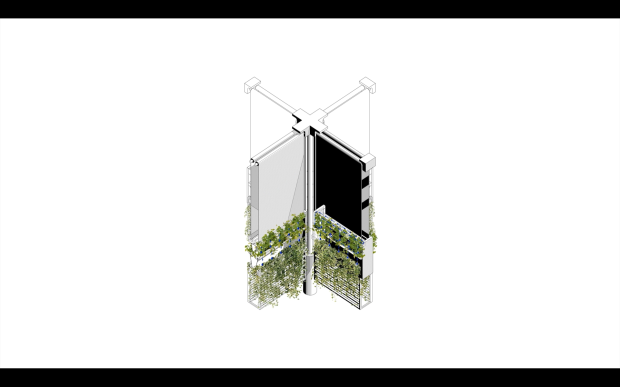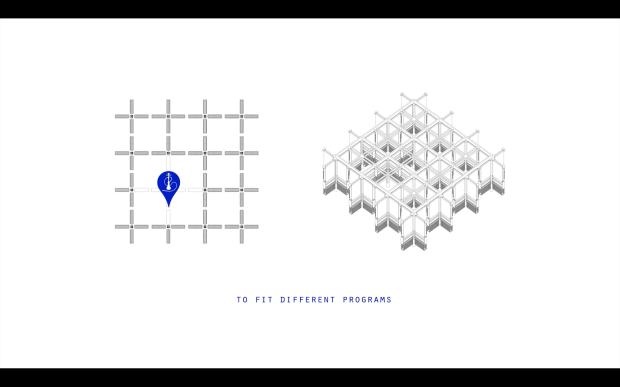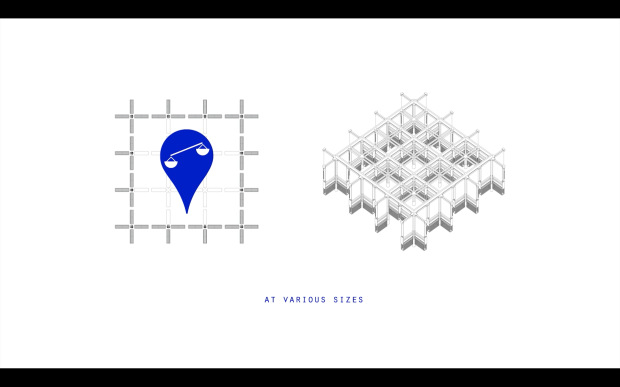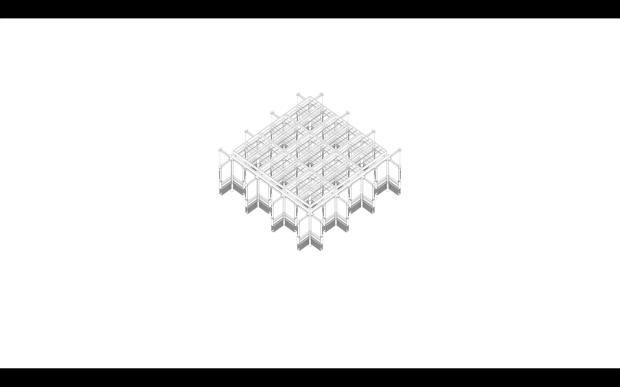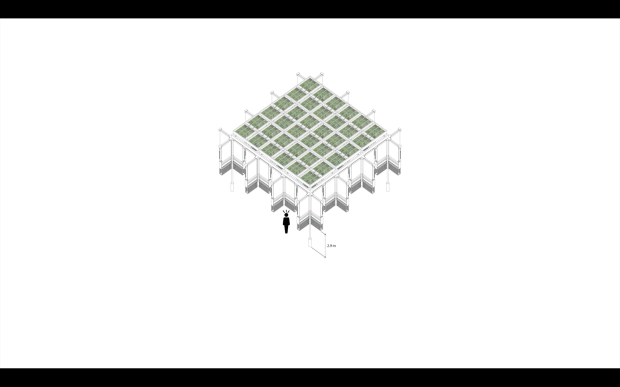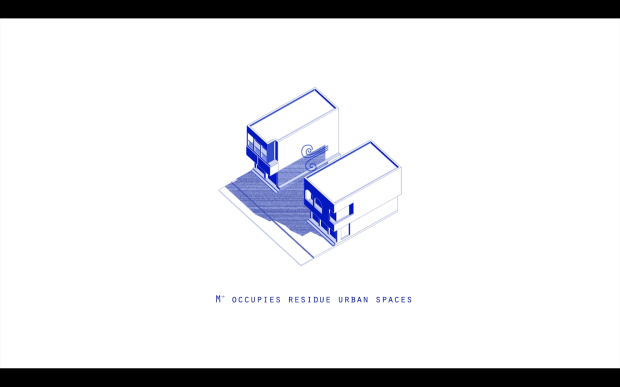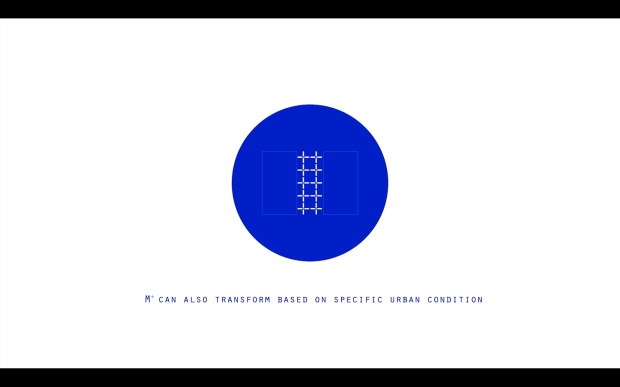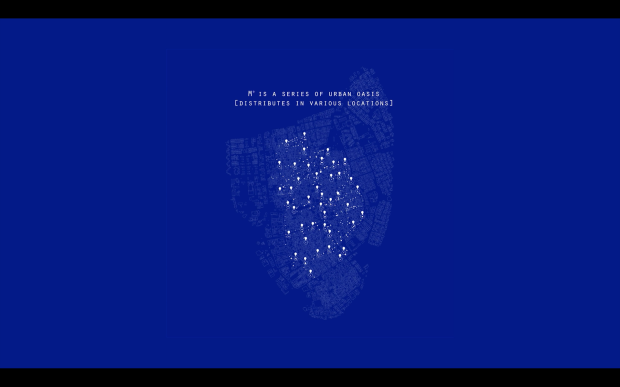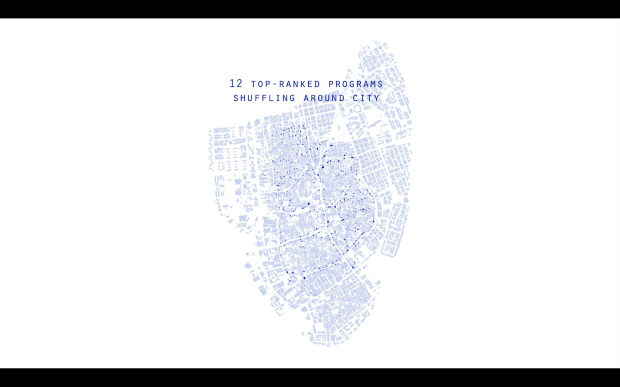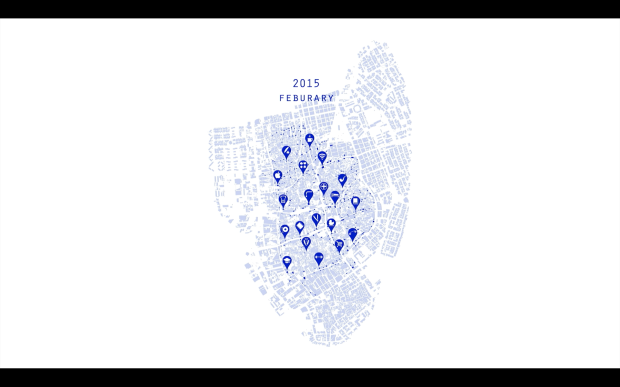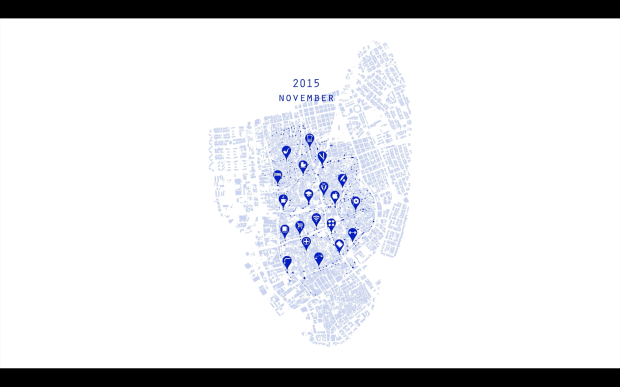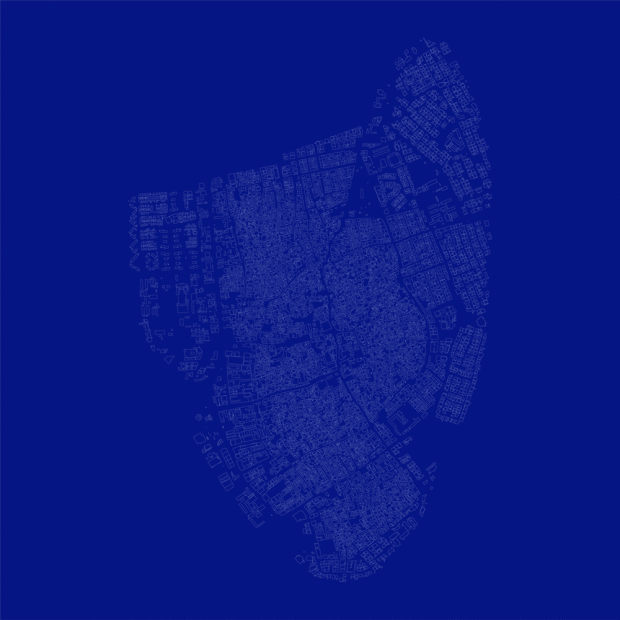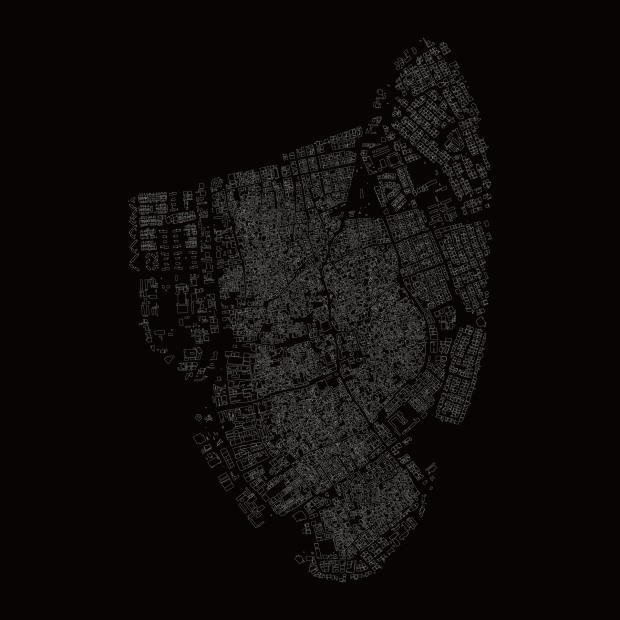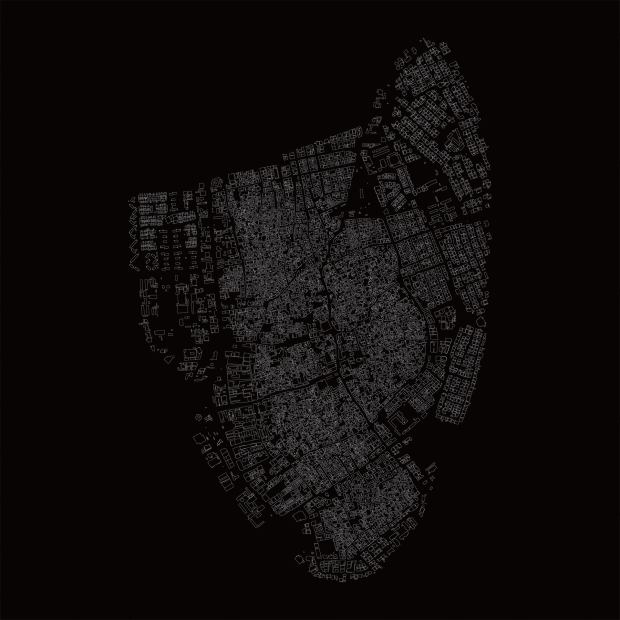Networked Urbanism
design thinking initiatives for a better urban life
apps awareness bahrain bike climate culture Death design digital donations economy education energy extreme Extreme climate funerals georeference GSD Harvard interaction Krystelle mapping market middle east mobility Network networkedurbanism nurra nurraempathy placemaking Public public space resources Responsivedesign social social market Space time time management ucjc visitor void waste water Ziyi
Posts by Tang, Haotian
Muharraq, the old capital city of Bahrain, used to be famous for its regional attraction that was defined by the charm of an old-world Arabic city and by its significance as the major pearling center, is now facing with emerging problems. Narrow streets, tiny alleyways and the fine historical buildings were places for various urban activities to occur, but now the situation has changed: those signature places are losing their capacity to hold social communications. Meanwhile, the increasing population of immigrant workers, the disorganization of an integrated community, as wells as the extreme climatic condition, are all parts of the factors that may decrease the vitality of the city.
The project is based on researches of the social reality that is waiting to be improved and technologies that are able to launch this improvement. We look into the structure and distribution of current Muharraq population, which leads to the conclusion of an unresolved tension between local people and migrant workers, in both terms of the form of place-occupation and the pattern of program-needs. The site experience then draws our attention to the residue spaces in the city. Taking advantage of fine conditions of ventilation and shading, existing as penetrable spots that are able to grasp flows, those spaces are the key to transform Muharraq into a better place for communication and interaction. The research on a new technology is equally essential. The development of a new inexpensive treatment for cotton fabric could help boost efforts to collect water from humid air. This new treated fabric is effective without the need for wind, and can also be used to collect and release water. The treated fabric is much more hydrophilic than the fabric by itself, and yet when the temperature gets warmer, the fabric becomes hydrophobic and releases all of the absorbed water without any other further action. This “sponge fabric” makes the structure alive. It also offers the opportunity to the appearance of greenness.
M+ is a network of urban oasis infilling the residue spaces, which have been underused in the old city fabric Muharraq. It is responding to several local issues: the extreme climatic conditions; the increasing number of migrants and decreasing existence of locals; as well as the lack of urban vitality. In this project, we incorporate water, solar and sponge fabric to build a low-cost, self-sustained system that generates electricity, coolness and hanging garden for the public audiences. Each of the structures is composed with standard sized unites, adjustable in height and concentration. The fabric surface can be used as spatial partitions as wells as the plane for image projection. And all the interventions of M+ are tailored to fit in a specific urban neighborhood. Each year, 12 tops rated programs voted by all residents will be distributed and shuffled for every month around the city. The construction of the M+ network will finally increase social interaction from the dimension of a single spot to the scale of an integrated community and then make the city of Muharraq a better place.
Tang, Haotian
It appears that Tang, Haotian hasn't tweeted anything yet.
